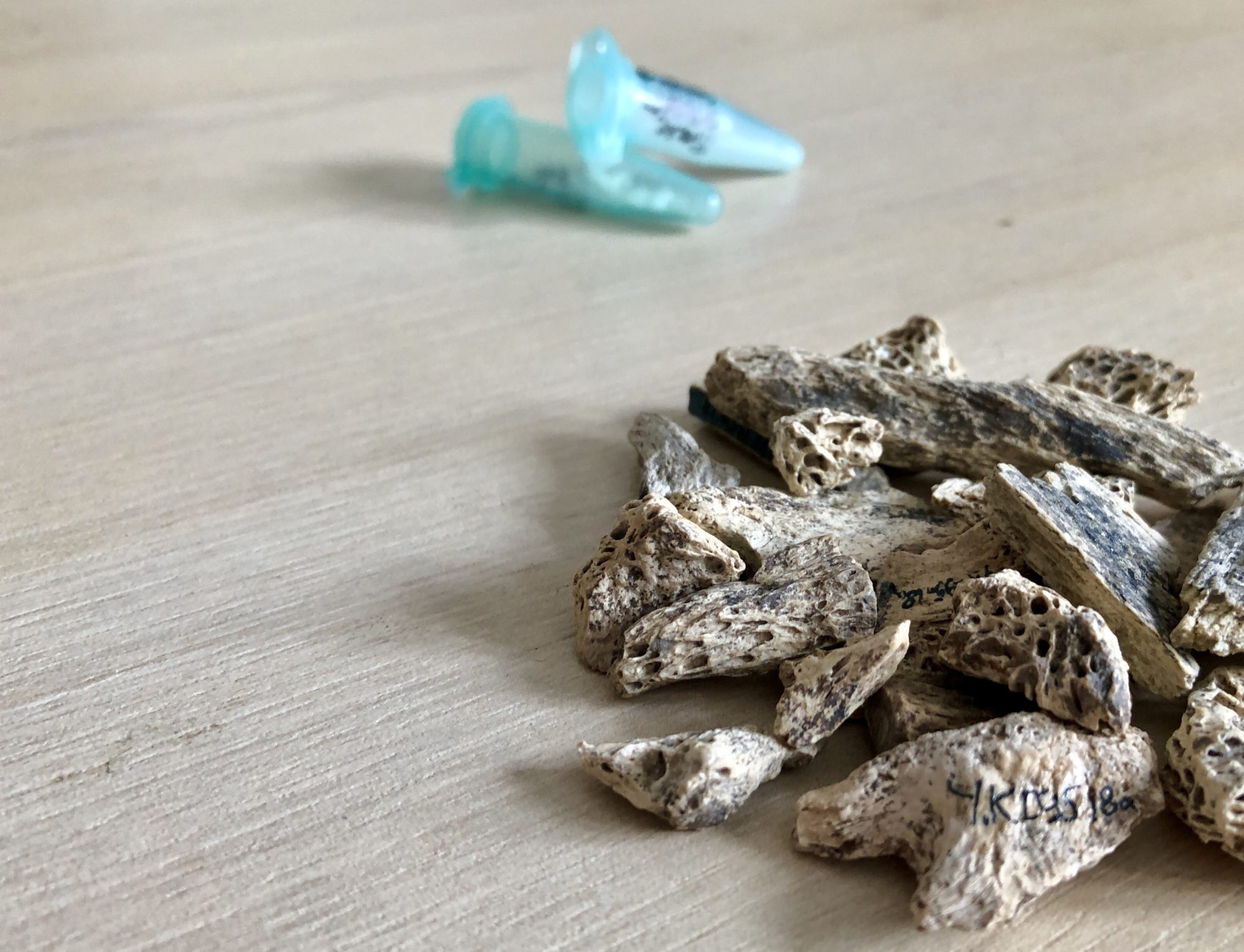The period between 200,000-50,000 years ago is crucial in human evolution. It is when modern humans evolved and dispersed from Africa, and became established across Eurasia. The process led to the displacement and ultimately the replacement of archaic populations from areas they had occupied for over a quarter of a million years.
Our knowledge of this part of human prehistory has improved dramatically in the last decade. Many uncertainties however stem from the lack of human fossils in vast areas of Eurasia as well as our inability to assign archaeological assemblages to one human group or another on the basis of material culture alone.
FINDER is an interdisciplinary project that aims to rectify this dearth of human fossils by applying a novel combination of scientific methods, namely, peptide mass fingerprinting, radiocarbon dating and ancient DNA analysis, designed to identify, date and genetically characterize morphologically undiagnostic human bones . Using a high-throughput approach we target bulk collections of unidentified bone fragments (~40,000 fragments) from >20 Eurasian sites dating to between 200,000-10,000 years ago.
Some of the questions we want to answer are: who were the Denisovans? How far back in time can we trace them? How extensive was their territory? When did Denisovans and Neanderthals become extinct and was this linked to the presence of modern humans in the regions they occupied? How common was gene flow between the three hominin groups? What is the archaeological signature (toolkit) of the Denisovans, and how distinct is it from tools produced by Neanderthals and early modern humans?
Ultimately, the goal is to expand our understanding of early modern humans, Neanderthals and Denisovans, and further reveal their exact geographic range, age, genetic variability and archaeological signature.
The archaeological themes we work on, and the scientific methodologies we use to investigate these topics, are outlined in the next few pages.

